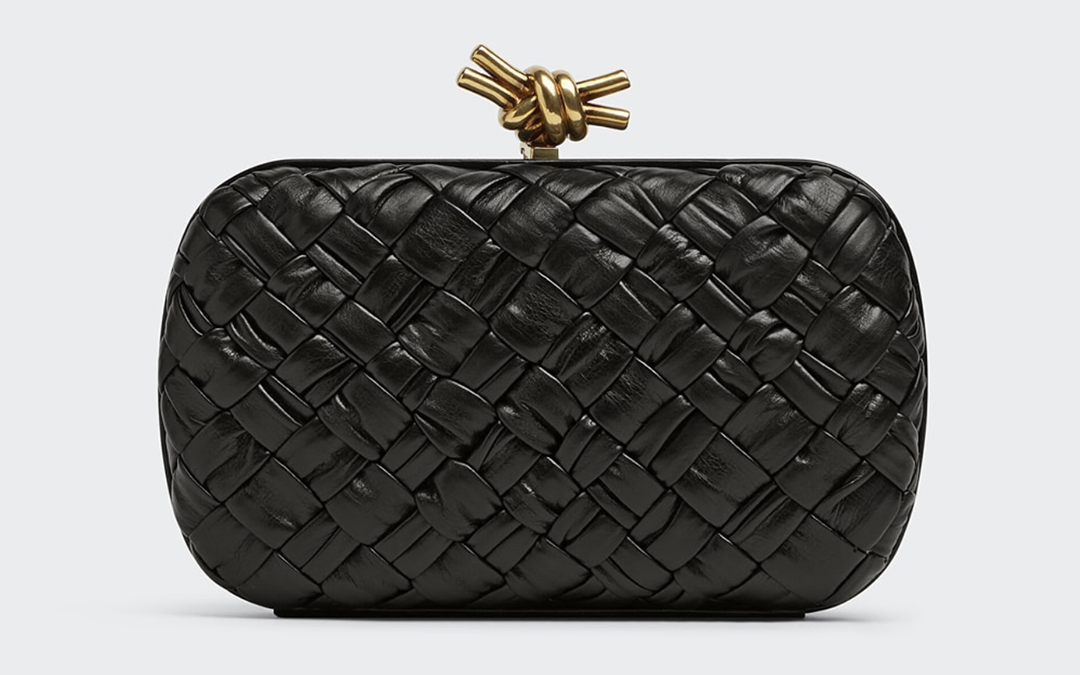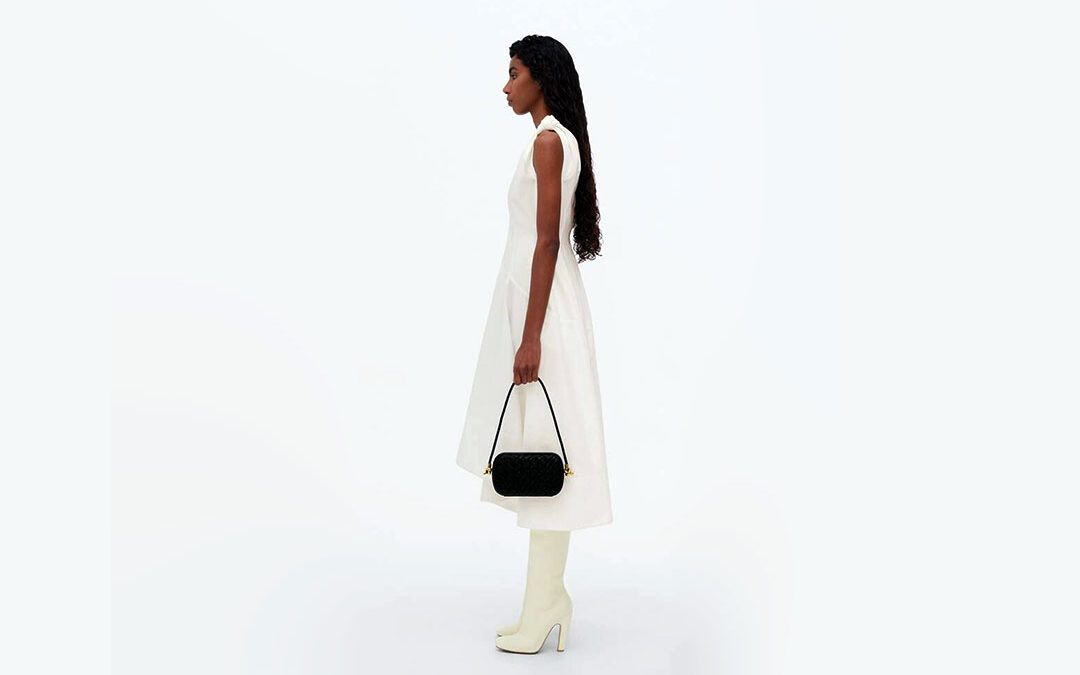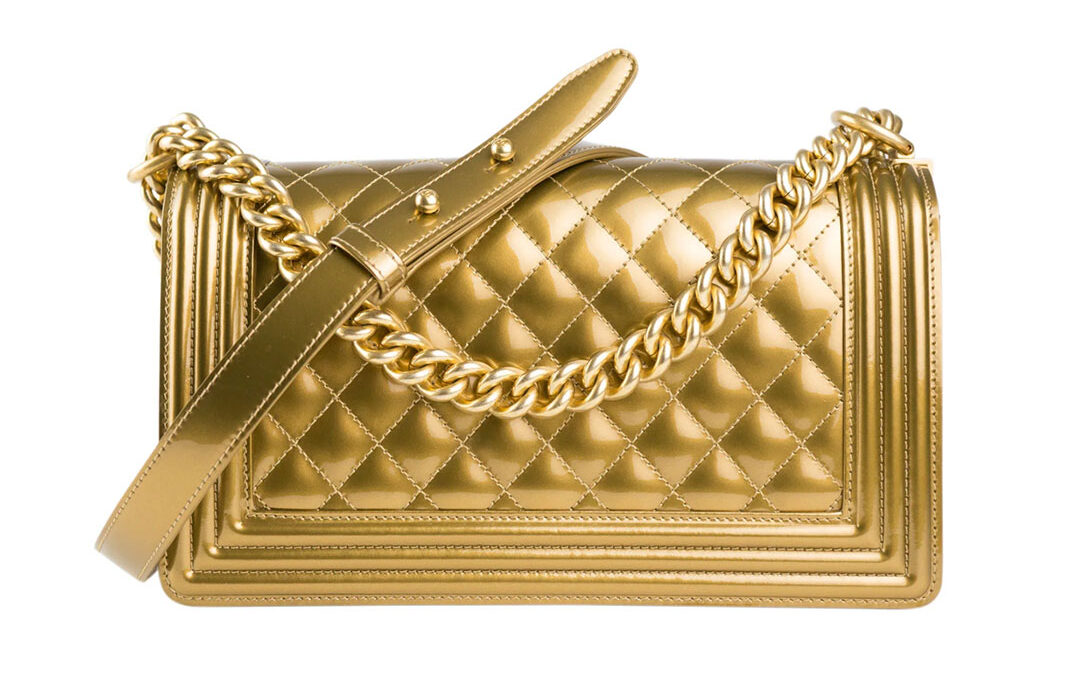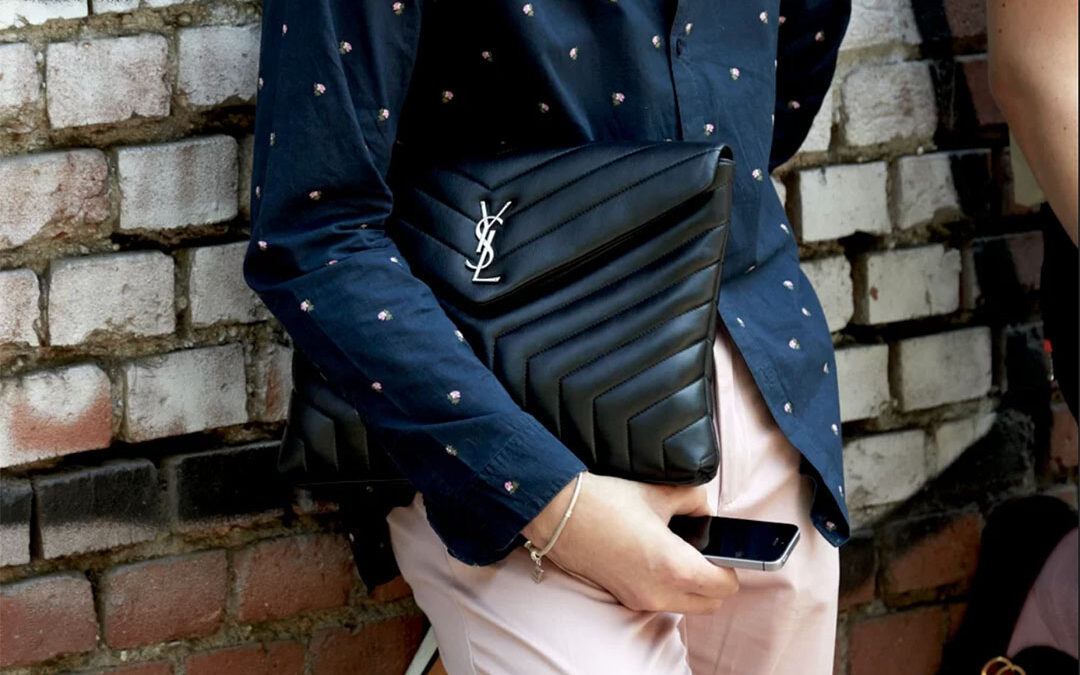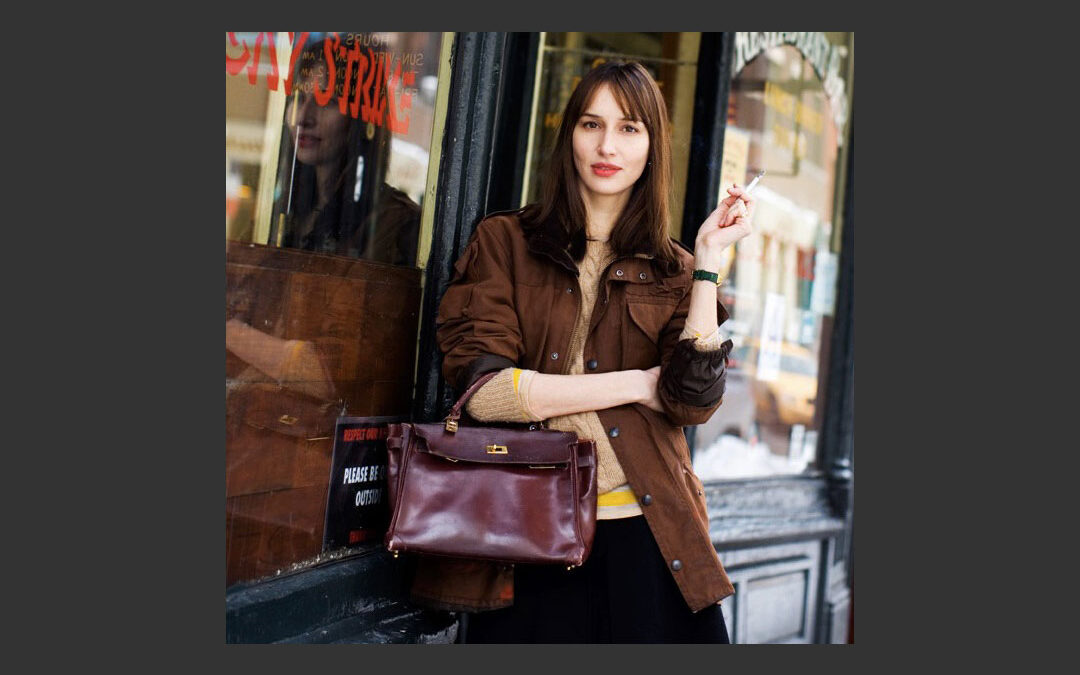First of Its Kind, Last of Its Kind. The new BOTTEGA VENETA knot clutch highlights the brand’s signature woven leather. Since its founding in 1966, BOTTEGA VENETA has been producing leather goods in the small northern Italian city of Vicenza, where artisans make...
